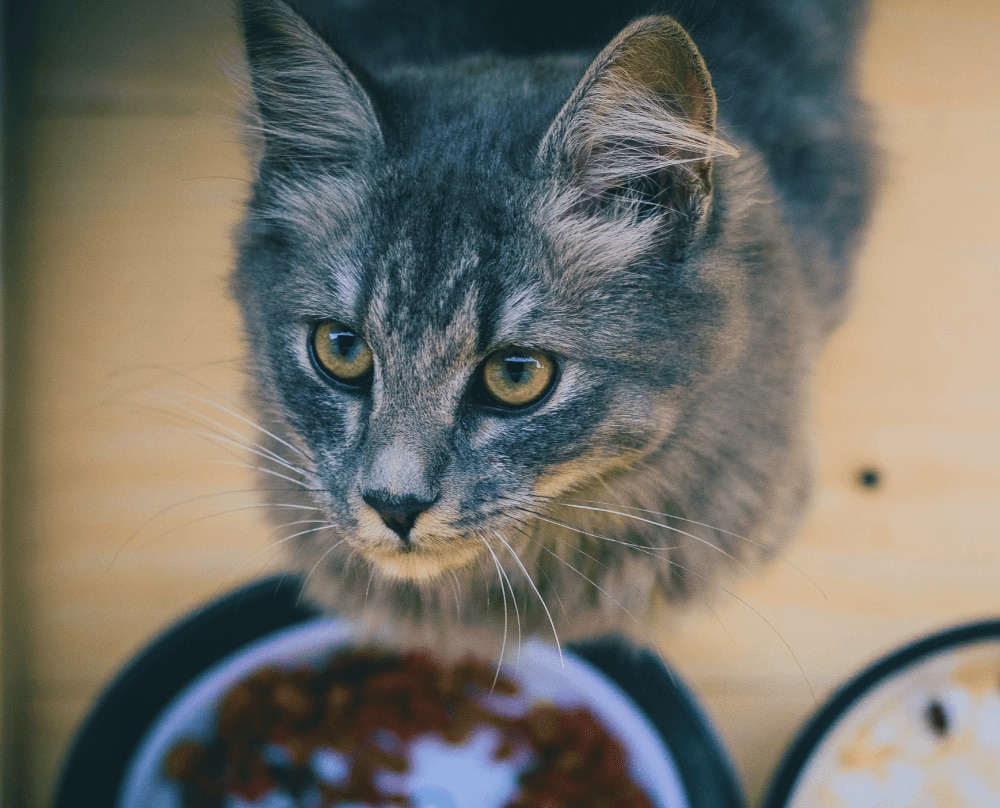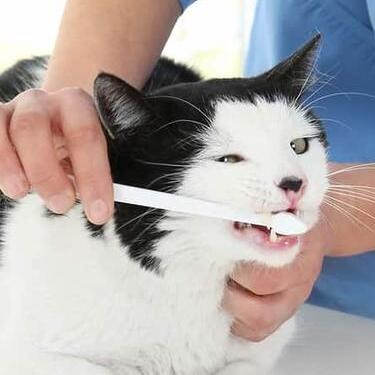

You know the biological differences between male and female cats, but you may wonder if one sex is better than the other when it comes to picking a new feline friend to join your family. Exploring the contrasts between strutting toms and purring queens may help you choose a cat who better fits your lifestyle and personality. So, should you get a male or a female cat? Let's first explore the difference between male and female cats before you can properly answer that question.
Which Sex Is Better Behaved?
Behavioral differences between male and female cats are most obvious in pets who are not neutered or spayed, since the behavioral differences usually are related to the cat's hormones. For example, male cats may become more aggressive, spray urine and try to escape the house when they are in their sexually mature stage. However, female cats in heat can become more affectionate and tend to rub against almost everything. They can also become more vocal. Although the majority of intact (non-neutered or spayed) cats have very distinctive behaviors, there is no consensus that all cats of either sex act a certain way. Some female cats spray while in heat, while some male cats have been known to be more affectionate. Most adoption centers strongly encourage pet parents to spay and neuter their cats. Kittens are definitely cute but you should discuss if spaying or neutering is right for your pet before you end up with a new litter of kittens.
According to a study of over 1,000 cat owners by the University of California Davis Veterinary Medical Teaching Hospital, the breed or color of your cat might actually be a better indicator of personality, reports The Sacramento Bee. Cats with tortoise shell coats, for example, are known to be feisty and energetic. However, most cat owners and vets will tell you that choosing a cat based on sex or color won't guarantee you will get either a cuddly kitty or an independent cat. The environment a cat is raised in and the personality of the pet parent can often influence behavior more than genetics will.
A+ for Appearance
Cat breeds are often harder to distinguish than dog breeds. Your future kitty could have a mix of traits, a distinctive color, and a long or short coat. Like most mammals, male cats of any breed tend to be a little larger in size than their female counterparts. However, in general terms, both male and female cats tend to weigh between 6 to 12 pounds and stand about 8 to 10 inches high. The type of food you feed your cat, the amount of exercise he or she gets, and overall health will have a great effect on his or her appearance.
Choosing a cat solely on appearance isn't ideal. If you are looking to bring a new cat into your home, visit an adoption center that has a wide variety of cat ages, breeds and personalities. Many centers offer a web page with pictures of kitties you can peruse before visiting, and shelter staff can give you insight into the cat's background. When meeting a cat for the first time, sit near the cat and wait for him or her to come to you. Let the cat rub and bump against you for a little before making contact. And always allow yourself some time with several different cats before making a final decision.

A great looking coat attracts more petting
Pets benefit from looking good, too. Make sure your cat's fur is at its finest with our science-led Sensitive Stomach & Skin Chicken & Beef Dinner cat food. It supports digestive health, nourishes skin and promotes a lustrous fur.
A great looking coat attracts more petting
Pets benefit from looking good, too. Make sure your cat's fur is at its finest with our science-led Sensitive Stomach & Skin Chicken & Beef Dinner cat food. It supports digestive health, nourishes skin and promotes a lustrous fur.
Should I Get a Male or Female Cat?
The truth is that the sex of the cat really doesn't matter when it comes to choosing the purrfect pet for you. Although there are some behavioral differences between male and female cats as they grow from kittens to adults, a cat's genetics and environment play a bigger role in how well the two of you will bond. So take the time to meet a few cats and pick the one that you think will be your best friend. Male and female cat differences should only play a small role in choosing a cat.


















